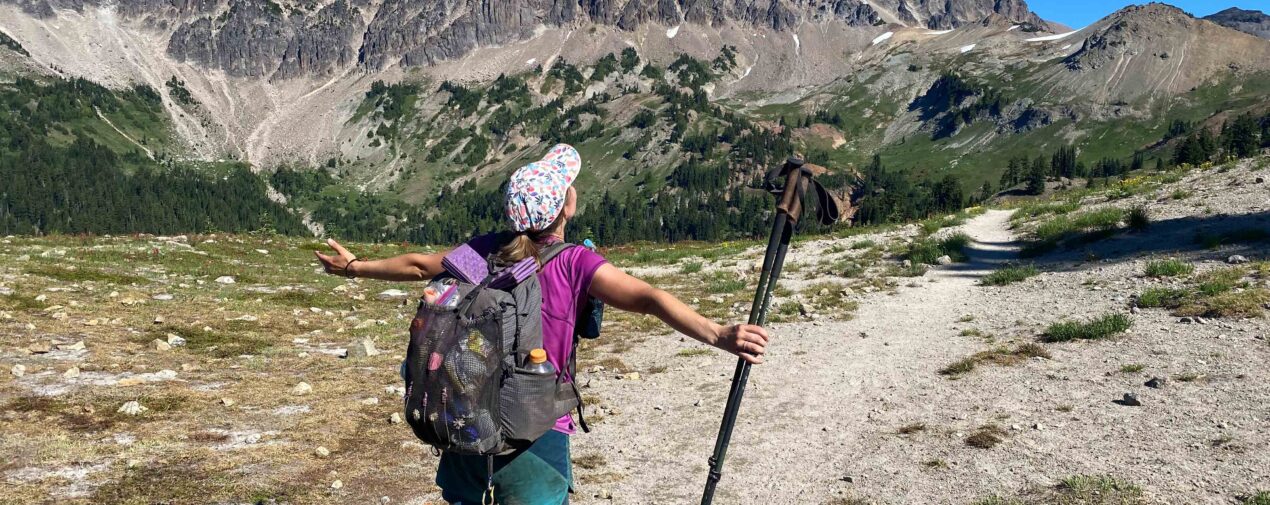Thru Hiking the PCT: Gear We Loved and What to expect in Washington
A successful thru-hike of the 2,650-mile Pacific Crest Trail is not a simple journey to undertake. There will be accomplishments, failures, highs, lows, and plenty of learning opportunities. In 2022, my wife Vee and I got to experience all of that and more as we made our way north through the final state of the trail, Washington!
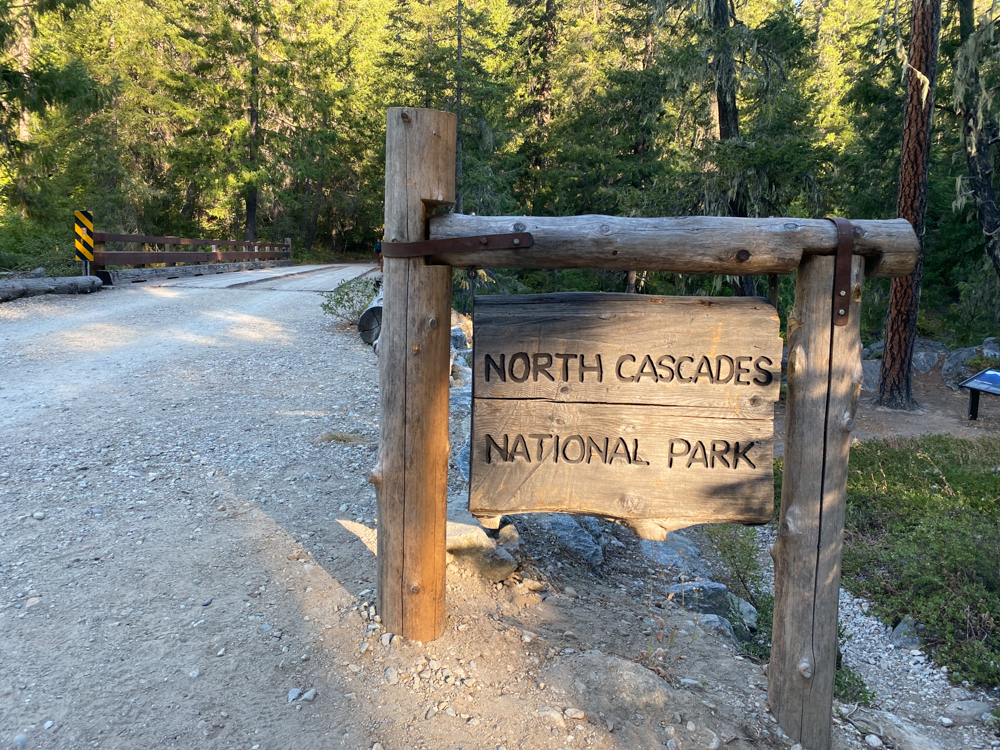
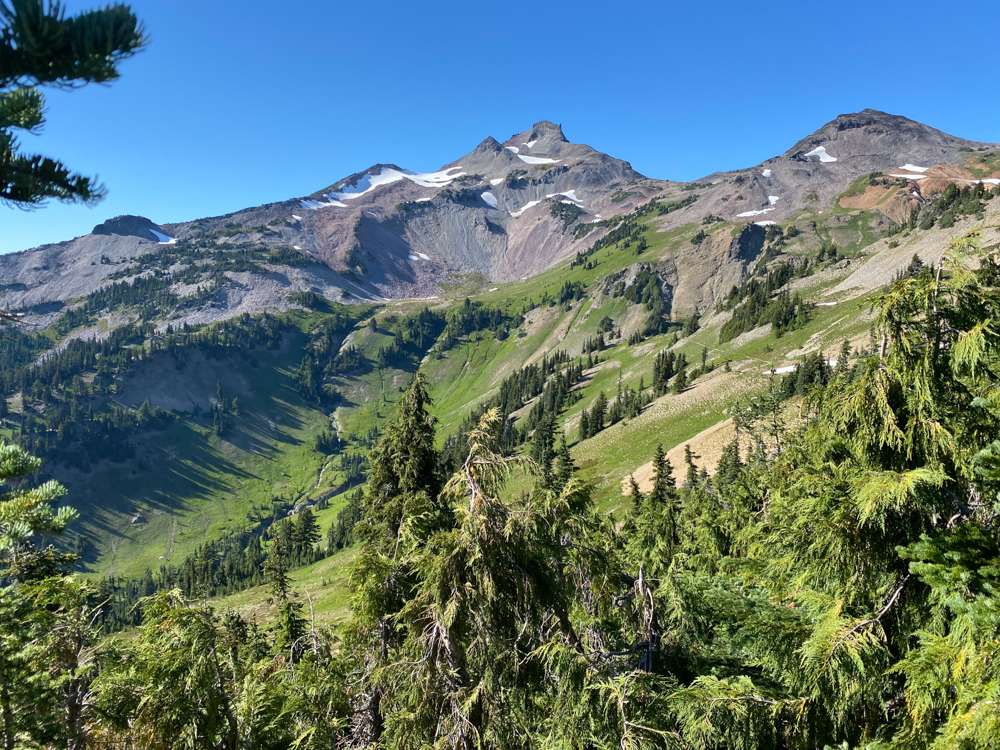
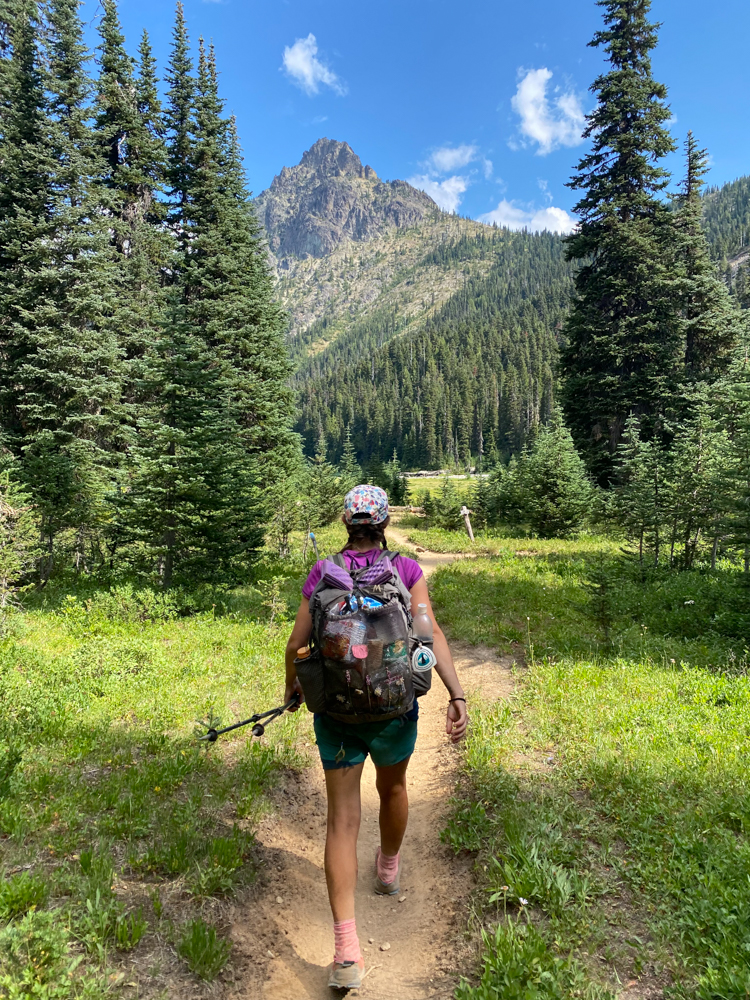
What to Expect in Washington
After hiking through all of California and Oregon, surely you’ve experienced it all right?! Wrong. As with hiking through just about any terrain, one can expect to have some elevation gains and losses, as well as the possibility of changes in the weather/conditions. Washington certainly presented these encounters, but on a scale that we had not experienced previously:
- Elevation change: While the state doesn’t boast the highest elevation on the trail, it certainly has the most dramatic changes, as you are constantly in a cycle of deep canyon descents and high mountain passes. With 111,000 feet of elevation gain and 107,450 feet of elevation loss over 512 miles, your body will feel it!
- Cold weather: As the summer weather dwindled and we got closer to the Canadian border, we found ourselves ending and starting our days in our Enlightened Equipment puffy and wind pants to keep warm.
- Fire danger: In the past, Washington has often been looked upon as a section of the trail where large fires are uncommon occurrences due to its wetter climate. However, in recent years, there has been a large increase in the number of wildfires in this area. This impacted us directly, as we were constantly just ahead of blazes that were closing trails.
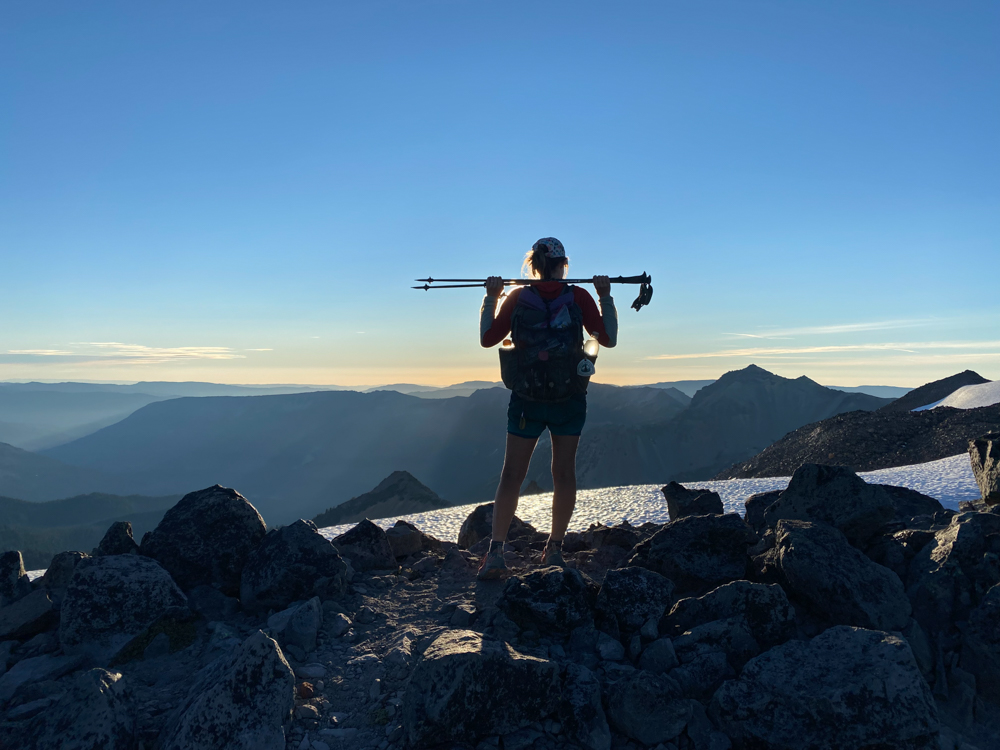
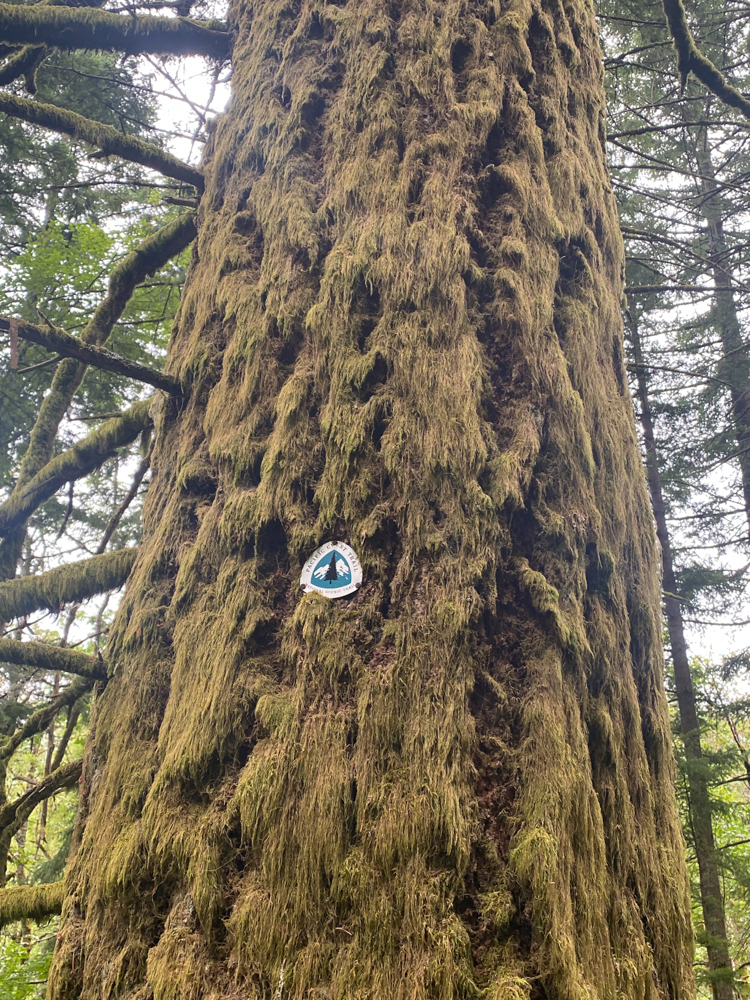
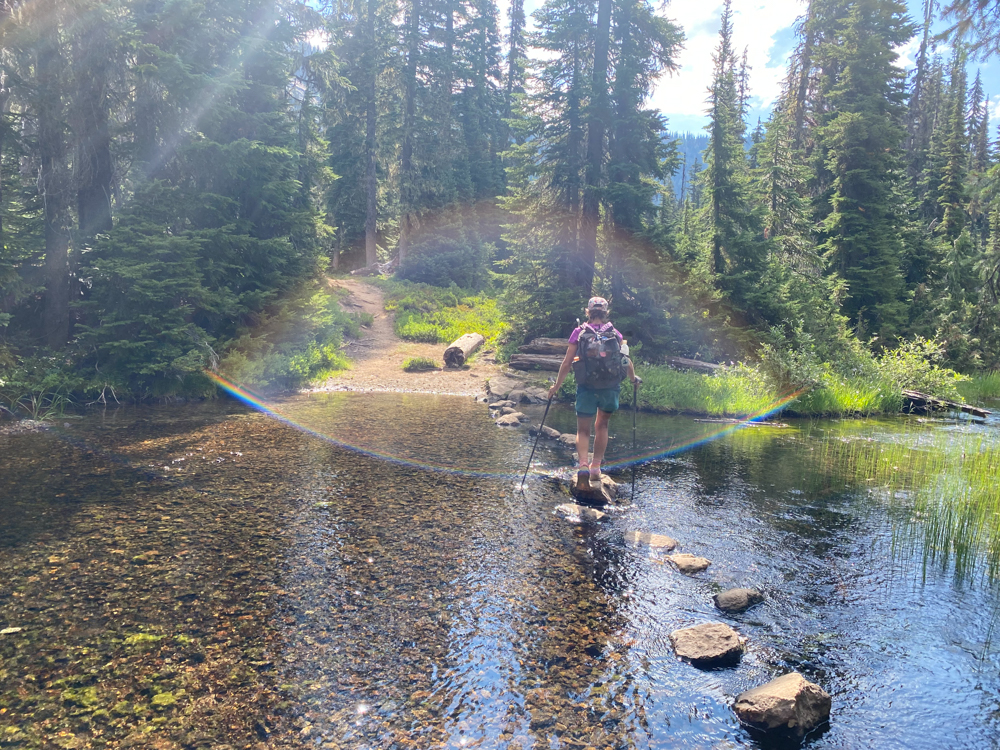
Gear That Got Us to the End
From larger equipment such as our Zpacks Duplex tent to tiny items like the Litesmith Micro Scissor, we were pretty dang happy with most of our gear for this thru-hike. Some pieces of gear shined through the state of Washington despite being covered in dirt. Here are some items that we think you should consider putting into your gear list:
- Outdoor Research Helium Rain Jacket: Whether you’re caught in a cloud or underneath a rainstorm, you will want a way to stay dry and warm. This extremely light rain jacket did just that and lasted from Mexico to Canada. When we weren’t using them to stay dry, the jackets helped trap heat to make for a more comfortable start to cold mornings. Here’s a Pro review of it for more information.
- Black Diamond Alpine Carbon Cork Trekking Poles: With all the ascent and descent that Washington threw at us, we were extremely grateful to take some of the taxing impacts off of our knees and onto our trekking poles. As a bonus, they provided us with both stability over slippery log crossings as well as keeping the roof of our non-freestanding tent up over our heads throughout the entire trail.
- Garmin inReach Mini: When encountering new wildfires in the backcountry, having a satellite communicator was a huge benefit in gathering and developing information as well as giving us peace of mind knowing that we could be in contact with search and rescue.
- Litesmith Cold Soaking Jar: As the number of miles hiked grew larger and larger, so did the appetite. In order to save weight, be less dependent on fuel and save some cleaning hassles, I started off the trail cold soaking. The smaller-sized jar that Litesmith makes worked great for most of the trek, but going up in size was helpful in easily making/consuming larger meals. An alternative option to keep the weight slightly lower would be to cold soak twice per meal with the smaller jar which only results in a lack of convenience and increase in time.
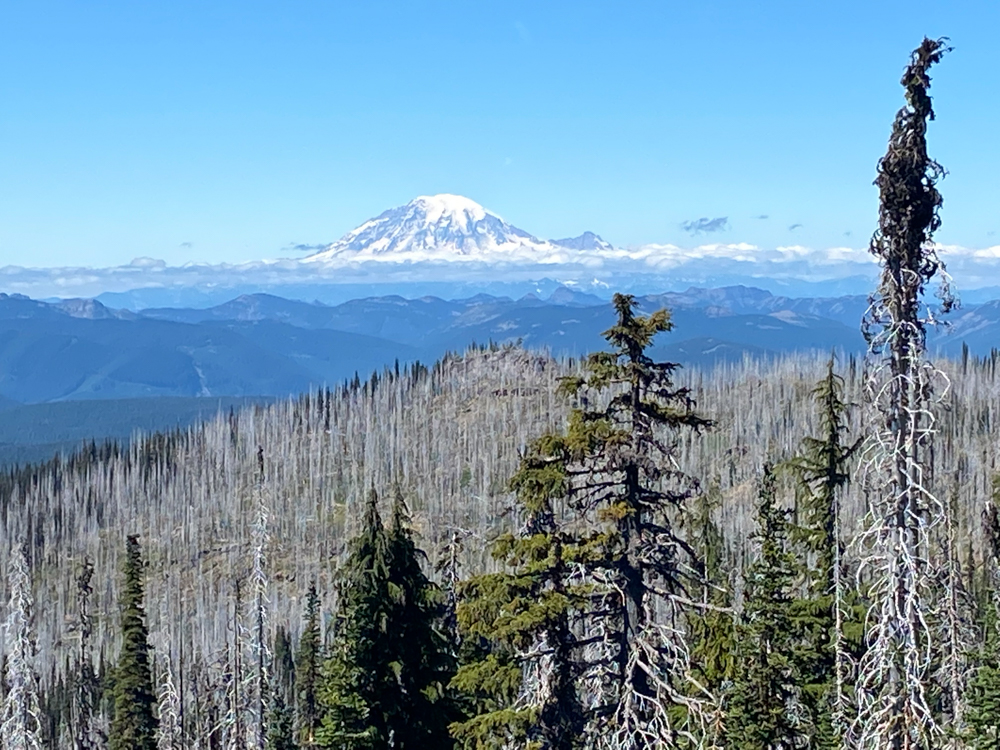
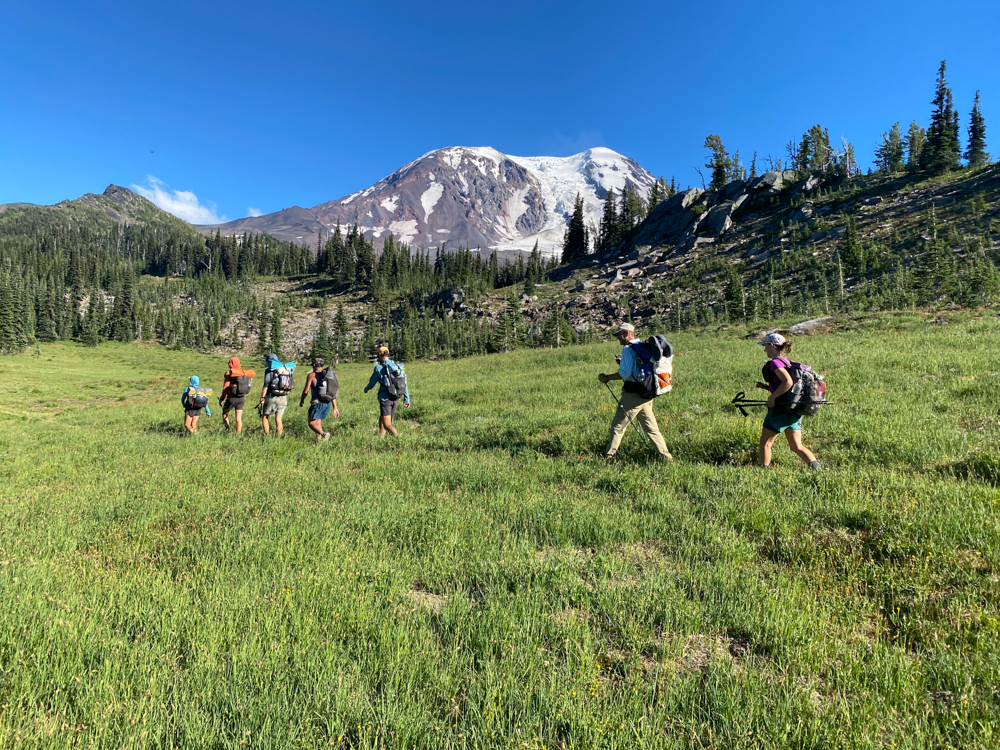
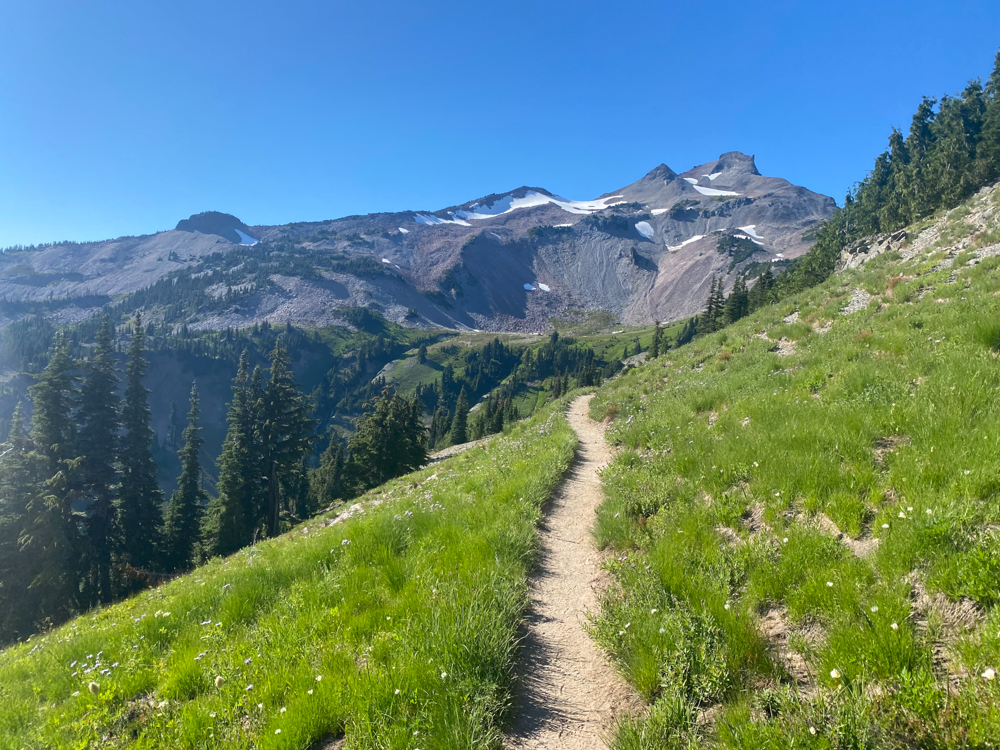
For more exploration into what gear was useful on the PCT, check out the first article: Gear We Kept and Gear We Ditched after 700 Miles on the PCT, Part 1
About the Gear Tester
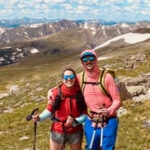
Tim Kennedy
Tim is thru-hiking the Pacific Crest Trail with his wife Vee. When he’s not hiking, he’s likely eating or sleeping, but off the trail you can find him running through the mountains, backcountry skiing or spectacularly failing at disc golf.

